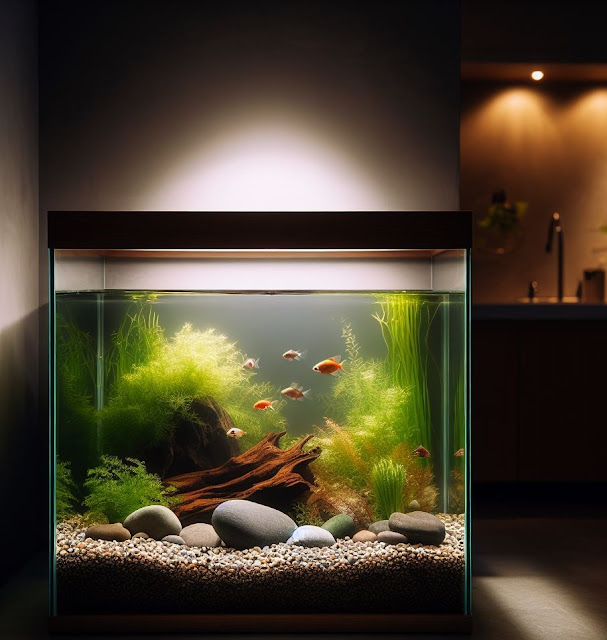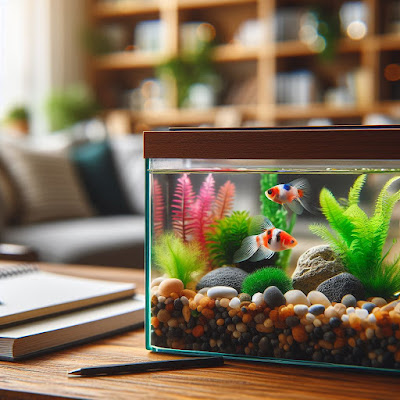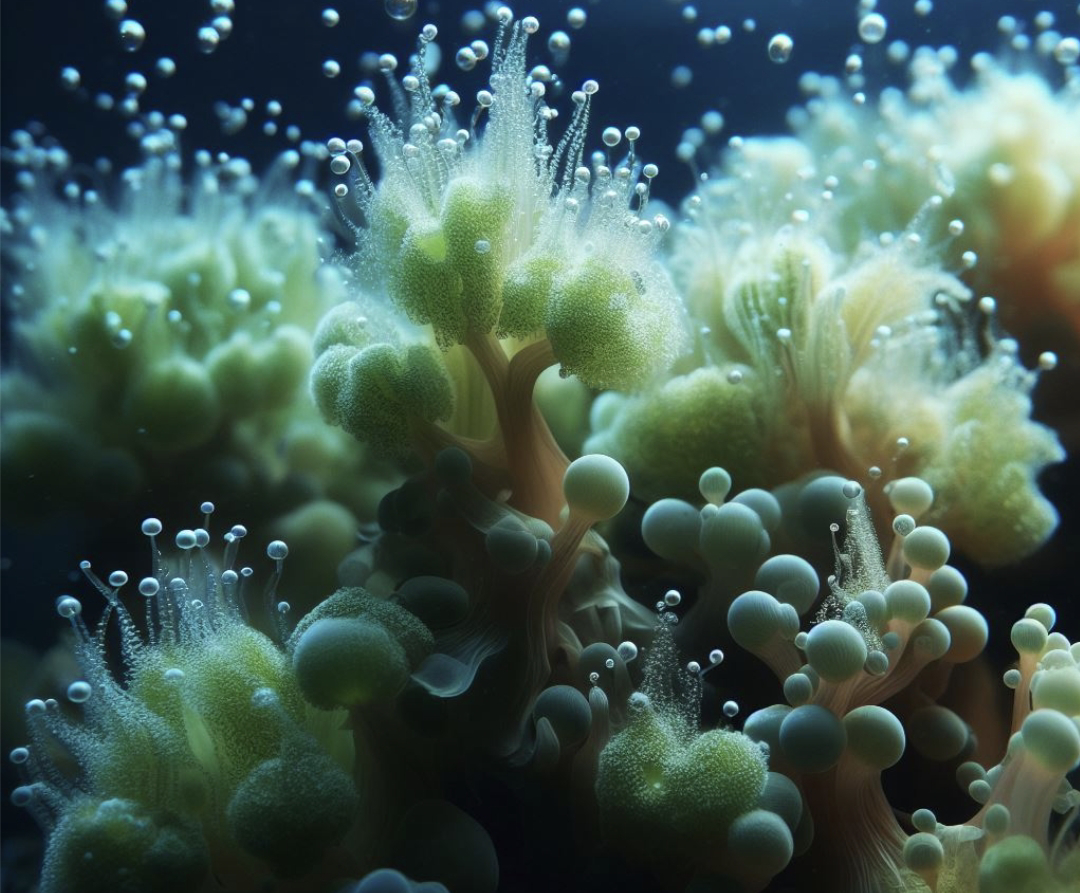What's the Difference Between Filters? - Chemical, Biological and Mechanical Filtration
A commonly asked question of the beginning aquarist is how filtration works and what size they need. A quick cruise down the filter aisle of any fish store gives hints to the reason why they may be asking. The options are endless and not even the most advanced hobbyists could tell you everything about a filter system without doing their due research.
In the beginning, you aren't going to have any fancy fish or coral that need specific parameters and extreme filters, it’s once you get into the more advanced stages that you realize you are going to start needing to do a little something more for your fish. That is when you realize, not only are there hundreds of different filter sizes, but even more ways in which they work.
Chemical, biological, and mechanical filtration are the three different methods used to keep your tiny ecosystem clean and healthy. It is critical to know the difference in filtration methods if you want to get serious with your watery pets. Mistakes are very common at this stage in the process, but don't let one failed cycle get you down, we all do it. The longer you are into the fish hobby, the easier it gets to realize what you are needing, lacking, or maybe need to change when it comes to your filtration system.
Chemical Filtration
Chemical filtration is the use of filtering compounds within the filter that are meant to capture and extract the harmful materials from the water. Chemical resins will perform this task, but mostly activated carbons are used.
A beginning aquarist, or anyone purchasing a kit, will notice that their filter comes with prepackaged bag like filters filled with little pieces of material. These pieces are carbon. The filters will work in most systems, though other forms of filtration are also necessary to make them effective. Chemical filtration is better used as an add on to other filtration systems as it can’t work alone. For example, adding carbon to a large reef system will help remove any toxins that certain corals may release under stress, the coral wouldn’t be alive with biological filtration already in place though.
Mechanical Filtration
Mechanical filtration refers to the process that goes on inside a typical filter as it sucks up excess waste and organic material. These materials are blocked by the filter sponge and need to be cleared off on a regular basis to prevent buildup. If these materials were left to soil up the tank, they would settle to the bottom and build up harmful levels that would be bad for your tank environment. Mechanical filtration does not filter out other harmful materials, like carbon does. Mechanical filtration is necessary and not used alone.
Biological Filtration
Biological filtration is the natural process that an environment of any form, big or small, goes through. In the wild, this comes naturally, but in a small tank environment, the process may take some time. Biological filtration uses beneficial colonies of bacteria to filter out ammonia and nitrite from your aquarium. These harmful substances, when built up, will crash your aquarium and kill the inhabitants. The bacteria colonies grown in the process of biological filtration live off of these substances though, and as they process them, they are converted to nitrate which is safe for your aquarium.
Biological filtration occurs naturally in the tank, especially if you grow plants or have a reef. However, the process is made even better by adding filtering media, such as bio balls, to a canister filter type system. These media are made specifically with surface area in mind as the more room for growth there is on each piece of media, the more filtration there is available.
Biological and mechanical filtration are essential to a healthy and thriving aquarium tank. Chemical filtration may or may not be beneficial, though extra filtering of any sort never hurts. The filtration system is the heart of your aquarium and not to be left aside with the thought that you’ll be fine. Unless you have a very basic tank, you will at some point want to upgrade if you begin to add to your bio load. The ultimate in filtration systems, in our opinions, is the sump setup. You may or may not wish to add a refugium as well depending on what you have within your tank. The sump setups are better for the advanced aquarist, though any hobbyist can never start learning too early when it comes to enhancing their filtration system!









.png)
